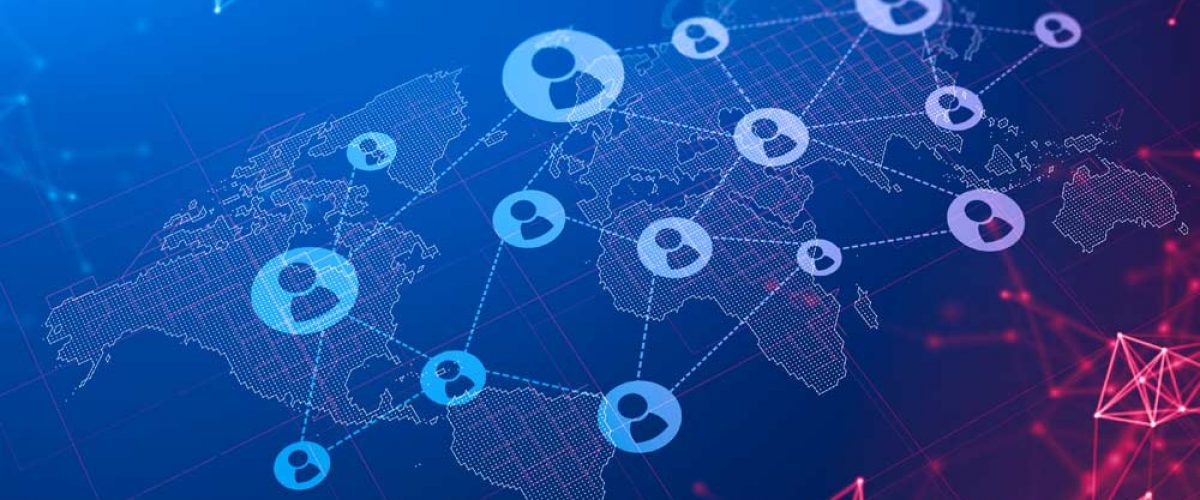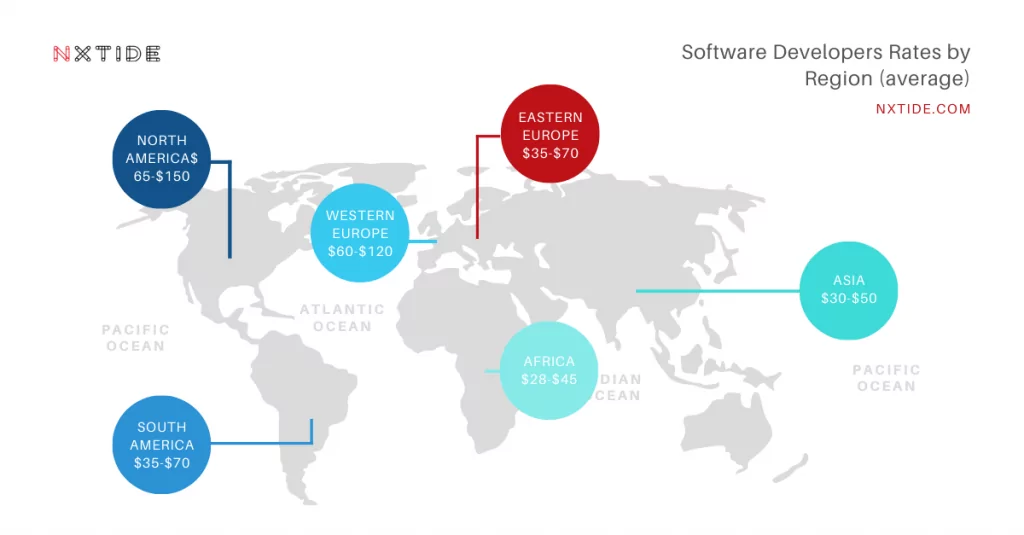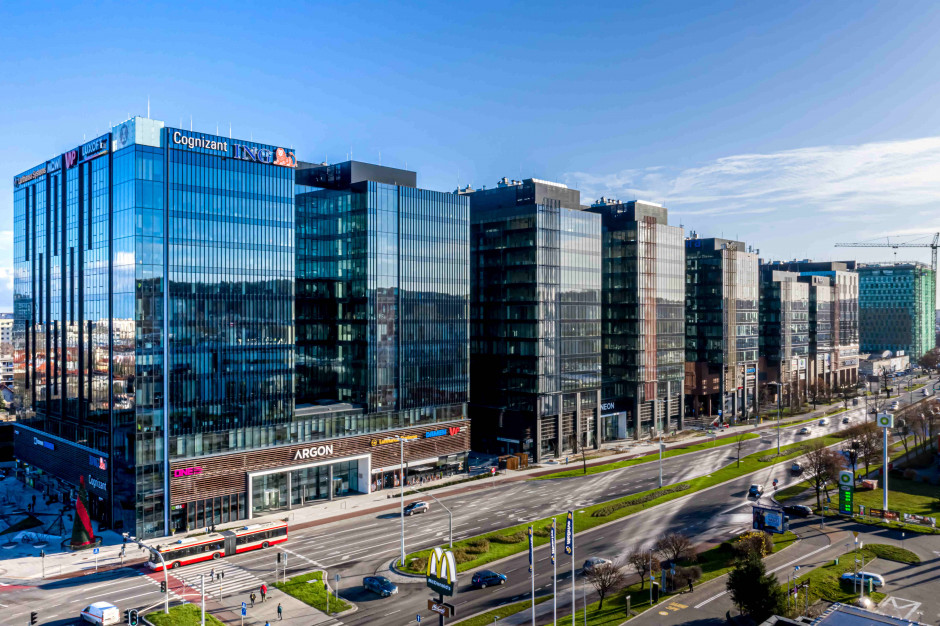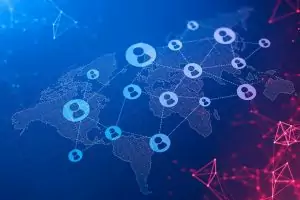When and how to use the Build Operate Transfer model in software development?

When and how to use the Build Operate Transfer model in software development?
The Build Operate Transfer model (BOT) in the IT industry is a new trend in IT outsourcing focused on combining traditional in-house and offshore software development processes.
This article focuses on BOT (Build Operate Transfer); a model that benefits companies seeking to establish an offshore or nearshore software development office in order to scale their software capabilities.
This article is useful if you are: – Planning to scale your inhouse software development team (but you might find it difficult due to the local skills gap) – Outsourcing software development, entirely or partially (which causes some concerns among business owners regarding effectiveness and security). – Considering setting up and operating a software development center abroad as your brand subsidiary.
What is the Build Operate Transfer in the IT industry?
The Build Operate Transfer model describes the collaboration between two business partners when one of them (the local provider) builds, sets up, and runs a certain service delivery operation together with a team, which is responsible for completing the tasks. This team, including all its processes, resources, and intellectual property is then transferred into the other company’s (buyer) organizational structure after a period determined in the contract signed by both partners.
The characteristics of BOT that make it more attractive than typical outsourcing: – Ability to rely on a local partner with proven experience in the local market (offshore or nearshore location) – Increased control of your software development team due to the transfer option – Reduced risks for the parent entity (the initial phase is fully covered and backed by the vendor) – A development team with a greater depth of understanding of the business and its culture (vs. dedicated outsourced team)

The global software development rates by region. For more information regarding nearshore software development services rates please take a look at this article: https://nxtide.com/offshore-development-center/global-offshore-software-development-rates-comparison-by-country/.
The main benefits and risks of the Build Operate Transfer model.
The main benefits of the BOT project are: – Faster go-to-market time for the product or service being developed due to the accelerated ramp-up of the development team – Improved quality due to the increased transparency between the parties and a higher level of control over the processes; – Reduced operating costs as the development team are built with local talent which is usually cheaper than expatriate employees; – Risks are transferred to the local IT partner who takes on all responsibility for the success or failure of the project. – Better brand positioning and team cohesion (the team identifies with your brand and values like an in-house team); – Better operational flexibility and easier scaling (local partner can support you even after the transfer event); – The immediate access to the large talent polls by collaborating with local partner.
There are also some potential disadvantages associated with BOT which may but not must include: – The need for a high level of collaboration and communication between the parties due to the shared responsibility for success; – The challenge of managing a remote team located in a different time zone (unless you choose a nearshore country); – Potential conflicts of interest if the service provider is also competing for business in the same market (some product knowledge and business information are being transferred)
The Build Operate Transfer projects – the two main options
Let’s look at two different methods to implement the Build Operate Transfer approach.
In the first case, the local partner creates a subsidiary, hires developers and PMs, and then transfers it almost immediately to the parent organization.
What are the potential benefits of this option?:
– The parent company takes full control of the process faster without sharing sensitive information with the local partner
– The software team and development process is managed by the parent’s company Project Managers
This option is often named the “BOT 2.0”.
The second option extends the period of active management by a local partner. The parent company subsidiary is then established at the time the parent entity wishes to transfer (usually 12-24 month period)
What are the potential benefits of this option?:
– Initial risks are reduced for the parent entity, allowing them to try out the offshoring/nearshoring model while focusing their resources on core business
– Less organizational work at the beginning (and, as a consequence, more at the point of transfer to the parent entity).
This option is often named the “BOT 1.0”.
There are many discussions on which of them is better. In practice, the split between those two concepts is more like 50/50. It is up to the customers needs to decide. Let’s now describe the BOT process in detail.

The 3 stages of the Build Operate Transfer model.
The Build Operate Transfer model can be broken down into three separate stages leading to the final transfer of a complete, fully operational software development team.
Please take a look at how we do it in NxTide:
Phase 1: Build First, we set up your brand on our career website to make sure candidates are well informed. Then we run marketing campaigns alongside direct search activities to attract the best talent to your future IT Hub.
Phase 2: Operate Our Project Managers take care of the onboarding, employee wellbeing, and team-building activities. Our role is to make sure everything runs smoothly so that you can reach scale with ease.
Phase 3: Transfer Upon your request, we transfer the fully operational IT Hub to the Client making you the owner of it. You can still take advantage of our support, so the cooperation and scaling can be continued.
The Build Operate Transfer operational plan
If the Build Operate Transfer approach sounds like a good fit for building your offshore/nearshore team, the next question is likely to be, “Where do I start?” We’ve put forward 8 of the most essential considerations you’ll need to address, ideally with assistance from a reputable local BOT service provider.
Aligning objectives and scope.
The intention is to define a project framework, plus an idea of the aims and scope. Here, long-term goals can be identified, along with the necessary roles and capabilities. These are the foundations for the overall running of the project.
Defining processes, organizational structure, and governance.
This step establishes the structure of the project for the future, including:
– The role of the team abroad
– The size of the team in relation to the overall project
– Timeframes and milestones
– Details of the services or products you develop
– Investment and budget specifics
Detailing these points makes a project structure available, which means the project can begin to take shape.
Establishing the local subsidiary.
There’s a degree of flexibility here as you can create your local entity while starting your BOT journey, or at the moment of transfer to the parent entity. The choice is yours.
Office setup and back-office.
Having a physical presence abroad requires compliance with local laws, so it’s wise to choose a respected local partner to set up your office and run the back-office operations (i.e. operations management, local administration, and office space).
Team recruitment and onboarding.
Finding the right employees is at the heart of the operation. The choice is yours to set up a Talent Acquisition team and recruit your new employees, or to engage a local recruitment agency (local agencies can allow for faster recruitment, with detailed knowledge of the local workforce and employment guidelines).
Collaborative team operations.
This is the point when operations and projects are up and running in your new office. Extra care will have been needed to ensure that processes defined earlier work properly and that team members are working according to their roles. Process and structure may need adjustments. Effective communication within your organization is essential, and the same is true in the collaboration between the parent entity, the BOT provider, and the third parties (i.e. accountant, office landlord, vendors).
Reporting the progress.
Throughout the early phases of a project, it’s difficult to get buy-in from senior management. However, operations are up and running, and the offshore team’s interim results are now visible. At this time, the parent entity’s management will want feedback. Be ready to provide reports and audits as a method to fulfill corporate criteria while also giving visibility to the offshore / nearshore operation’s progress.
Transition planning and execution.
Due diligence, document preparation, and knowledge of all the provider’s activities are required. Make sure that everyone on the team understands what they’re doing.
As you can see the process contains many phases and critical steps to take. Now we can focus a little bit more on the time needed to go through the full BOT process cycle.
The key considerations regarding timeframe.
The transfer of the entity’s ownership usually happens after 12-18 months, with some critical milestones taking place along the way. During the first three months, goals including staff recruiting and establishing an office with workers are completed, and the stage from Build to Operate is reached. The Operate stage (months 4-11) sees an increase in onboarding numbers, in accordance with the plan’s requirements. Months 12-18 are focused more on the Transfer phase of the model, which means getting everything ready for the final step.
The BOT model is a great way to get started with an offshore development team quickly, without any risks, and with a clear understanding of all the costs from the very beginning. It’s also important to note that this type of engagement usually doesn’t have a long-term commitment from the client’s side, which makes it perfect for companies that are new to nearshoring/offshoring software development.
The future of the Build Operate Transfer model.
BOT is a great alternative to other outsourcing models. It retains its flexibility in scalability, all the while ensuring that intellectual property and expertise get transferred to your company seamlessly.
When picking your technology partner in the local market, take into account their reliability, security, and business values. Ideally, you should collaborate with companies that share your methodologies and approaches for an easier transfer.
CEE region is a great location to build a local software development subsidiary.
The choice of your software hub location always depends on the product or service you want to develop, and it also depends on your business goals. CEE countries offer a great balance when it comes to price, quality and proximity. There are also matters of language, culture, and work ethics that might act as an advantage here.

Some of the most common locations for building a local software development subsidiary are:
– Poland – Krakow, Warsaw, Poznan
– Romania – Bucharest
– Hungary – Budapest
To sum up, the Build Operate Transfer model can be a great way to get started with software development in a new country. It allows you to establish a presence in the country and build a team of experienced developers faster and with limited risks.
If you want to learn more about how to use the Build Operate Transfer model in software development, don’t hesitate to contact us! We can help you get started quickly and efficiently.

Create a BOT Software Development Office with NxTide
Over our 7-year company activity we have helped many US and EU companies to successfully build Software Development Teams and Software Development Centers in a variety of locations in Poland.
Interested? – Let’s discuss your case on a call.
Marcin Dziedzic, CEO of Pragmatic Coders and NxTide.

Kraków
Over 0,8M population, 13% of total IT Engineers supply

Warsaw
Over 1,8M population, 24% of total IT Engineers supply

Wrocław
Over 0,7M population, 12% of total IT Engineers supply

Katowice
Over 1,8M population, 9% of total IT Engineers supply

Poznań
Over 0,7M population, 8% of total IT Engineers supply

Łódź
Over 0,7M population, 7% of total IT Engineers supply

Gdańsk
Over 0,6M population, 6% of total IT Engineers supply

Bydgoszcz
Over 0,5M population, 4% of total IT Engineers supply
Other related articles that might interests you:

How to reduce employee turnover and increase retention – insights for the CTO.
Home How to reduce employee turnover and increase retention - insights for the CTO. It's no secret that the tech…

When and how to use the Build Operate Transfer model in software development?
Home When and how to use the Build Operate Transfer model in software development? The Build Operate Transfer model (BOT) in…

How to Hire Remote Software Developers – the Ultimate Guide.
Home How to Hire Remote Software Developers - the Ultimate Guide. How to Hire Remote Software Developers - the Ultimate…
